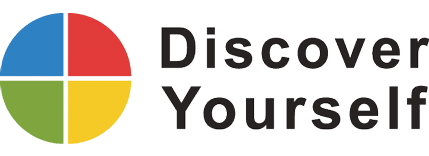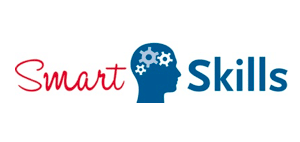Communicating with the Four Color Personalities
Communicating with other people is sometimes the most frustrating part of our day. Hollywood loves a good misunderstanding, which may explain the wealth of comedic films and romantic comedies that get pumped out every year. Misunderstandings can happen between people who are complete strangers and between individuals who know each other very well; all this boils down to a lack of communication and a lack of active listening.
Learning how to adapt, communicate and interact with others is something we work on our entire lives. When you begin to dive into understanding your personality type more, you’ll unconsciously begin to notice certain character traits in other people as well. Spotting these strong character traits can help you along the way to more effective communication and cooperation with people of different personality types that you see every day.
Intentional interaction
When you are familiar with the four color personalities system, you can begin to categorize the people around you into their specific personality type as well as yourself. Knowing what your personality type gives you a baseline for understanding how you will interact and react with people who have a different or opposite personality type from you. You may even realize that interacting with someone of your same character type is the most frustrating!
The flip side of positive interactions with other people is knowing what behaviors aren’t going to be good for either of you. Try to play to the strengths of the other person; for instance, a Sunshine Yellow personality is looking to involve people in the work they are doing. They will respond well to people who display a bit of a competitive spirit and who are passionate about the project at hand, but won’t be as happy working with people who are slow paced or hesitant about moving forward.
Playing to strengths
A Fiery Red personality wants to get things done now and has little patience for co-workers who need to be told what to do. Fiery Red personalities need direct interactions and strong opinions, as well as a straightforward approach to the conversation or project. Earth Green personalities will find a Fiery Red approach to be overwhelming, and seek to foster a harmonious and encouraging setting in which peoples’ voices can be heard.
Finally, a Cool Blue personality will interact the best with someone who understands that they want to do it right the first time around. Spontaneity doesn’t always work with Cool Blues, who appreciate a controlled and deliberate approach.
Jung opened up an entirely new world with his discoveries, and discoveries into the psychology of personality and the self are still being made today. Insights Discovery is based squarely on Jung’s theories, and as such is an invaluable tool in helping people understand themselves and others. Schedule me, Scott Schwefel, as your keynote speaker, and I will come to your group and address the differences in personalities in a truthful, fun, and easy-to-understand way. Follow me on Facebook, LinkedIn, and Twitter to share my blogs with the color energies you work with!











